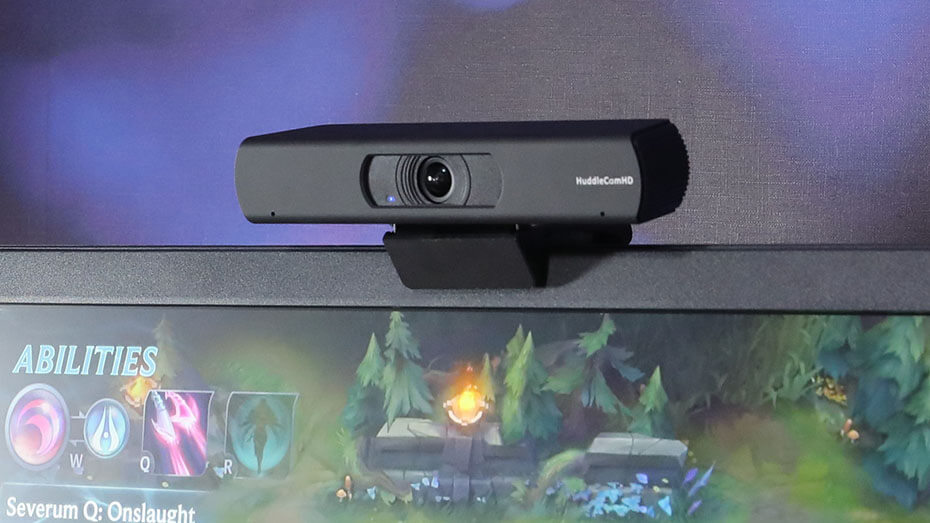
The bottom line is that capturing in 4K and delivering in HD produces an image which beats the pants off the HD images from prosumer cameras from even a few years ago. But even if your audience listened primarily on consumer-grade 16-bit equipment, most of us in audio production moved to 24 bits for reasons of gain staging, dynamic range, and noise floor, and never looked back.
A select few of your listeners in 2007 might have been able to play back 24-bit resolution files. Similarly, even in the CD era, recording 24 bits and delivering 16 bits was the easiest way to optimize the quality of the final mix. The blurring effect of these filters will be less noticeable when reducing a larger image to a smaller one for final delivery. In fact, video cameras often employ low-pass filters for precisely the same reason, to prevent fine details in the scene, such as the fabric weaves in clothing and upholstery, from producing false patterns and color in the resulting image. Various technical processes, like the low-pass filtering necessary to prevent frequency aliasing, make for arguably more natural treble rolloff in a 96khz pipeline than even the best 44.1khz pipeline. All of this assists in producing that surreal sense of “looking through a window” clarity that the best modern video cameras offer.įrom an audio perspective, you can think of this a little like the difference between recording in 44.1khz versus 96khz. It also reduces noise and increases color bit-depth at the same time.
MIMOLIVE FOR WINDOWS PROFESSIONAL
Even Canon’s own excellent C300 professional HD camera, which was released way back in 2011, utilized a sensor which captured 4K for certain colors, and then strategically reduced that resolution later on in the image processing pipeline.įor various technical reasons better explained by an electrical engineer than a guitar player, this process produces an image which is generally more detailed than that produced by HD cameras which employ only HD-capable image sensors. Many of the best HD cameras, like the much-vaunted Arri Alexa used nearly ubiquitously on Hollywood and television productions, benefit from capturing images with greater-than-HD levels of detail. In fact, you may be surprised to learn how it is created in the first place. So it’s clear that not all HD is created equal. Their smudgy image may be flattering for closeups, but often fail to deliver that “you are there” feeling on detailed wide shots like you’ll get from an NFL broadcast. Even held steady on a tripod and filming a static subject, DSLRs like the Rebel are lucky to deliver 720 lines of actual resolution, regardless of the number of vertical lines in the files they record. It’s just that consumer cameras, regardless of format, are often neither.
MIMOLIVE FOR WINDOWS FULL
They are also occasionally Full HD broadcast as 720, further complicating comparisons, but nevertheless preserving some of the hyper-detailed look of the original footage through intelligent downscaling algorithms.

Television sports are still, for the most part, Full HD. And while 720 is indeed greater than the 480 vertical lines of SD television and DVDs, and thus, still defensibly “high-definition”, the difference between consumer 720 and professional 1080 will be obvious to even a casual observer who compares their weekend soccer practice footage with the hyper-detailed look of the typical high-definition sports broadcast. The more detailed 1080 version of the HD format is referred to euphemistically as “full HD” in videography parlance, presumably to leave some marketing wiggle room for the 720 format to share the HD moniker. In fact, despite their branding as “HD” cameras, previous generation DSLRs like the ubiquitous Canon 5D and Rebel lines don’t actually deliver 1080 HD-levels of detail, but rather something closer to 720 vertical lines of resolution.
MIMOLIVE FOR WINDOWS 1080P
Though it was introduced over three years ago, the GH4 still delivers what you’d consider a cutting-edge picture when it is properly exposed, and particularly when its 4K output is downscaled to a more broadcast-friendly 1080p HD, as we did for our livestream:

For our master studio shot, we used one of the best of the current generation of full-frame, 4K-capable mirrorless cameras, the Sony A7S II:įor the closeup shots, we employed two Panasonic GH4s, a smaller “micro four-thirds” sensor camera that was one of the first to bring a 4K image and video-centric feature set to the prosumer market. As with microphones, preamps, and converters in audio recording, the resulting video quality of any live broadcast will depend greatly on the quality of the video signal you feed it.


 0 kommentar(er)
0 kommentar(er)
